I have an application that uses a non-decorated window (no title bar and so on, it's eventually intended to be a full-screen application). It also has one-pixel-wide line images around the outside to form a natural border with the outside world.
When I run this application and the Window gets its default position (i.e., not at the (0,0) origin), the borders are clearly visible.
However, when I perform a this.Move(0, 0) in the constructor of the main window to make sure the window is positioned correctly, the upper-right pixels seem to disappear thus:
Ignore the Act text in that capture, it's actually the Activities menu under Gnome desktop. The actual upper-left pixel of the window is where those two red lines would meet.
Does anyone know what could be causing this issue? Is it possibly something to do with the Gnome Shell extensions taking control of that area?
